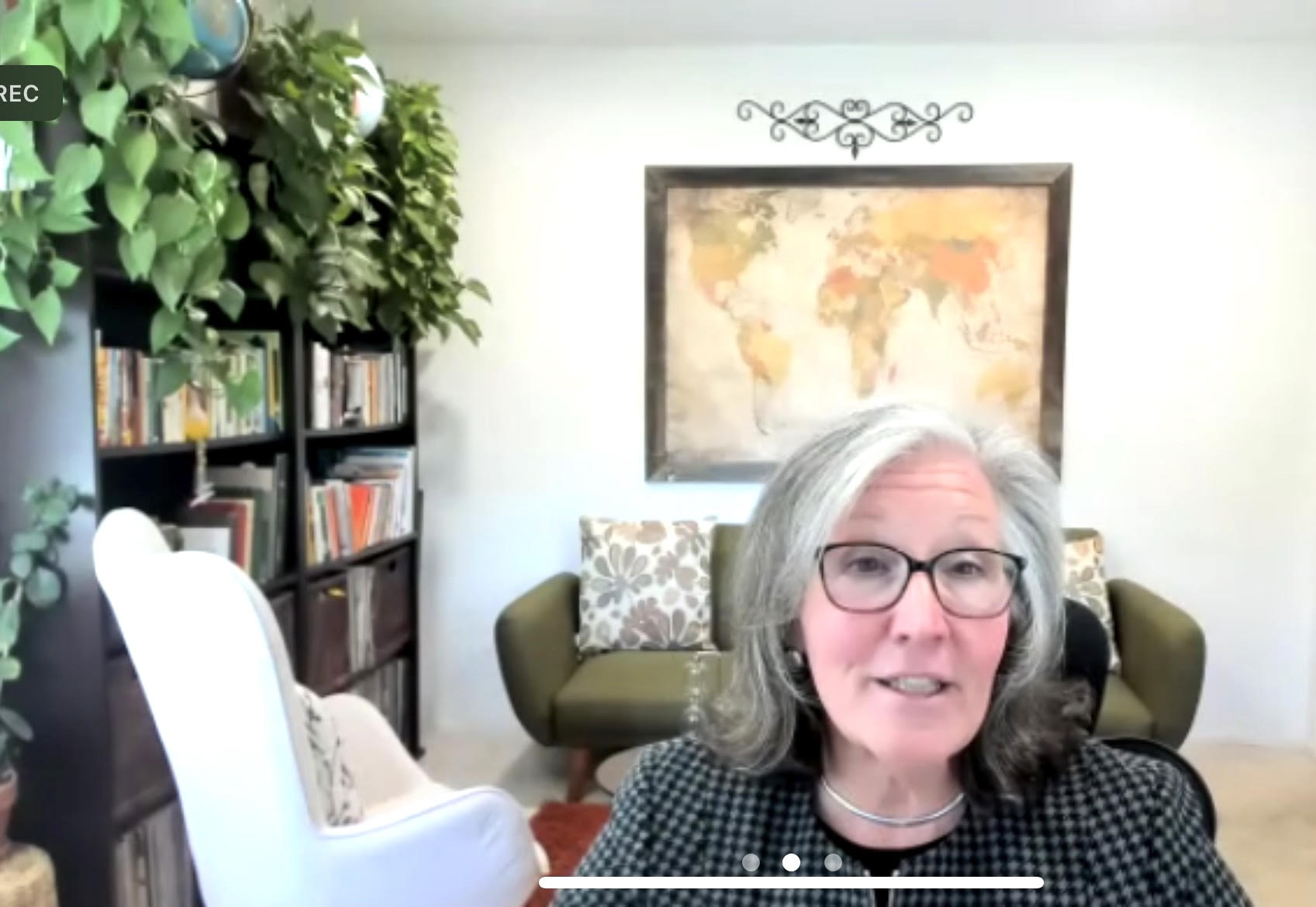Members of Community District Education Council 22 (CEC 22) held their monthly meeting via Zoom on Tuesday evening, June 6th, during which they addressed a wide range of issues. The highlight, however, was a very timely discussion of the phenomenon known as “Summer Slide,” which is a fancy term for a simple concept – that kids forget much of what they have learned over summer break.
The concept is by no means a new one, as educators have recognized and studied summer learning loss for over a century and are yet to find a one-size-fits-all solution. To get some insight, CEC 22 invited Lynda Probst of the Fordham Institute of Reading Development, a former teacher who has become a respected expert in the field of K-12 literacy. During her presentation, Probst explained that on average, students lose about one or two months of grade level equivalency in math and reading over summer break, with some of the greatest losses in foundational skills like decoding (learning to read words by recognizing and stringing together sounds) and encoding (using letter sounds to write) that can set kids back substantially.
With some organizations estimating that two-thirds of American students were unable to read at grade level even before the pandemic and summer slide now threatening to further compound an already tenuous situation, it is clear that kids cannot afford to lose any more learning. Aside from keeping their children in school all year round, the only thing parents can do is encourage summer reading, “use it or lose it” so to speak, but the question is how?
According to Probst, there are a number of home remedies that help make reading more appealing to kids. She explained that parents should aim to have their children read for at least 20 minutes per day and be flexible in terms of reading materials. She said that kids don’t necessarily have to read chapter books or assignment fiction all the time and should be allowed the flexibility to explore magazines, cookbooks and how-to books in order to find a genre that keeps them engaged. Probst also recommended incorporating a physical, hands-on component as a complement, which could be as simple as cooking from a recipe or taking a nature walk to identify plants and animals from a guidebook.
The first thing you learn at a teacher’s college is that every student is different and that each student takes a unique approach to learning. There are countless theories on the various learning styles, but the general idea is that learners can be verbal, visual, auditory, kinesthetic (hands-on) or any combination of these. Every good lesson plan is expected to include components of every style to ensure optimal learning for all students. Along those lines, Probst recommended the use of sight word flash cards (they help kids recognize high frequency words in isolation), which are beneficial for all students but ideal for visual learners. She suggested the use of audiobooks for long road trips, which can be fantastic for auditory learners.
As well, Probst encouraged busy parents to try and carve out some time to read with their kids as often as possible, to make use of local libraries, which almost always have free summer reading programs, and have their children explore e-books and educational games during their screen time. To summarize, it seems the best way for parents to keep their kids engaged and reading this summer is HOWEVER they can, by any means necessary, with flexibility and creativity in mind.

